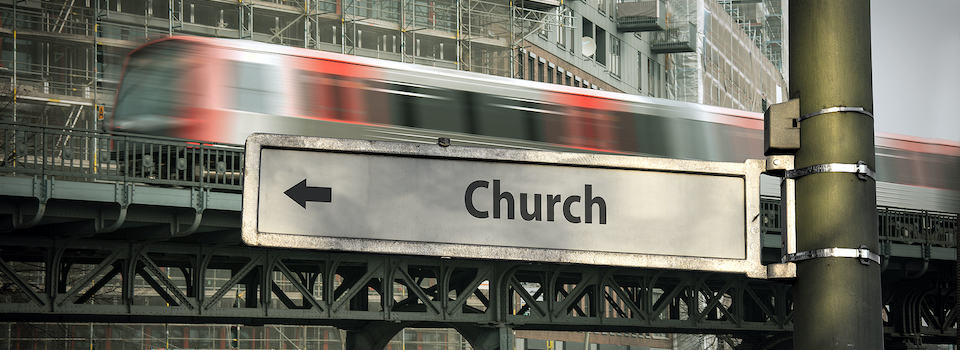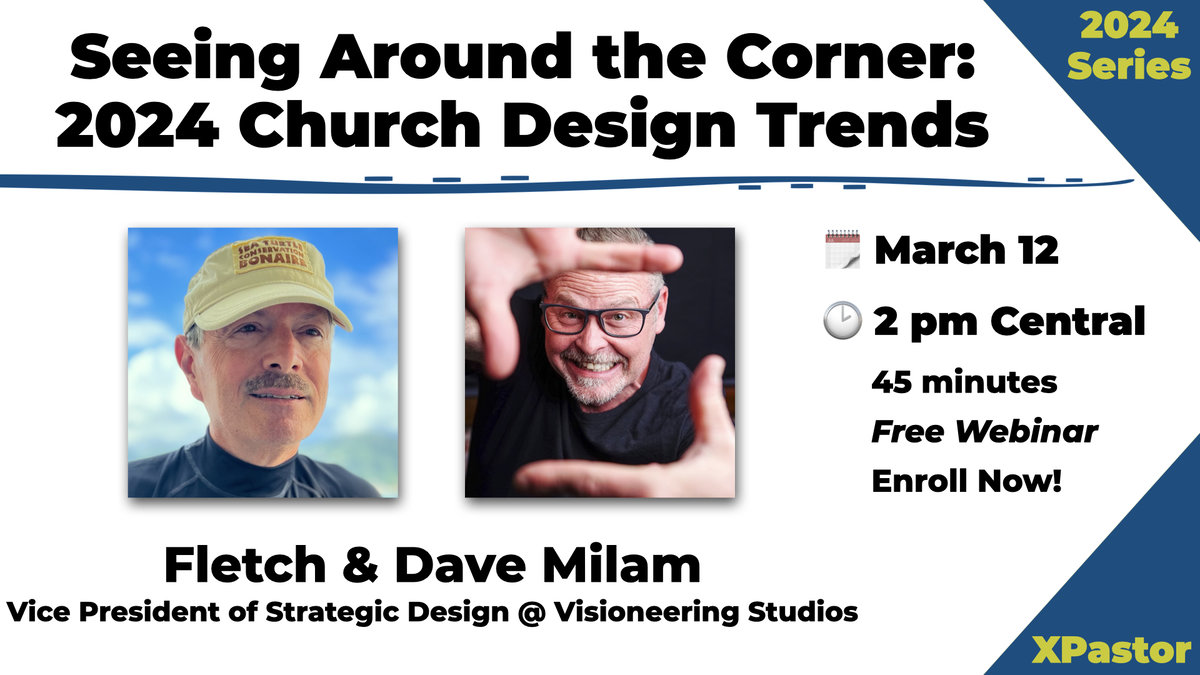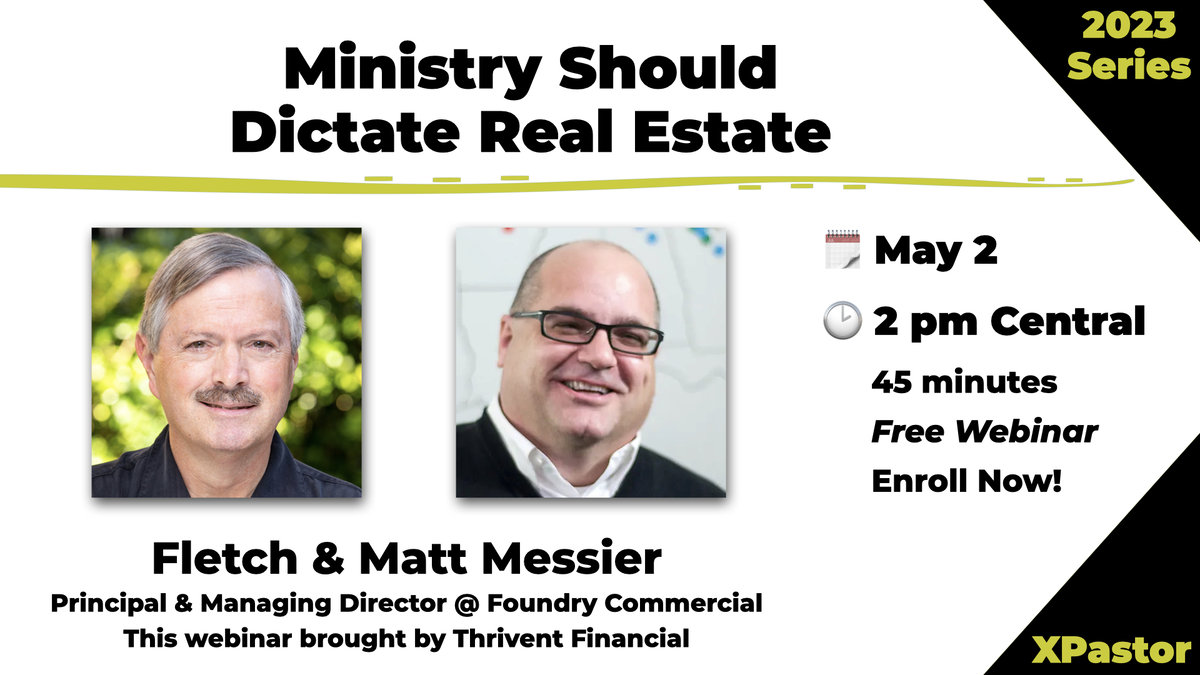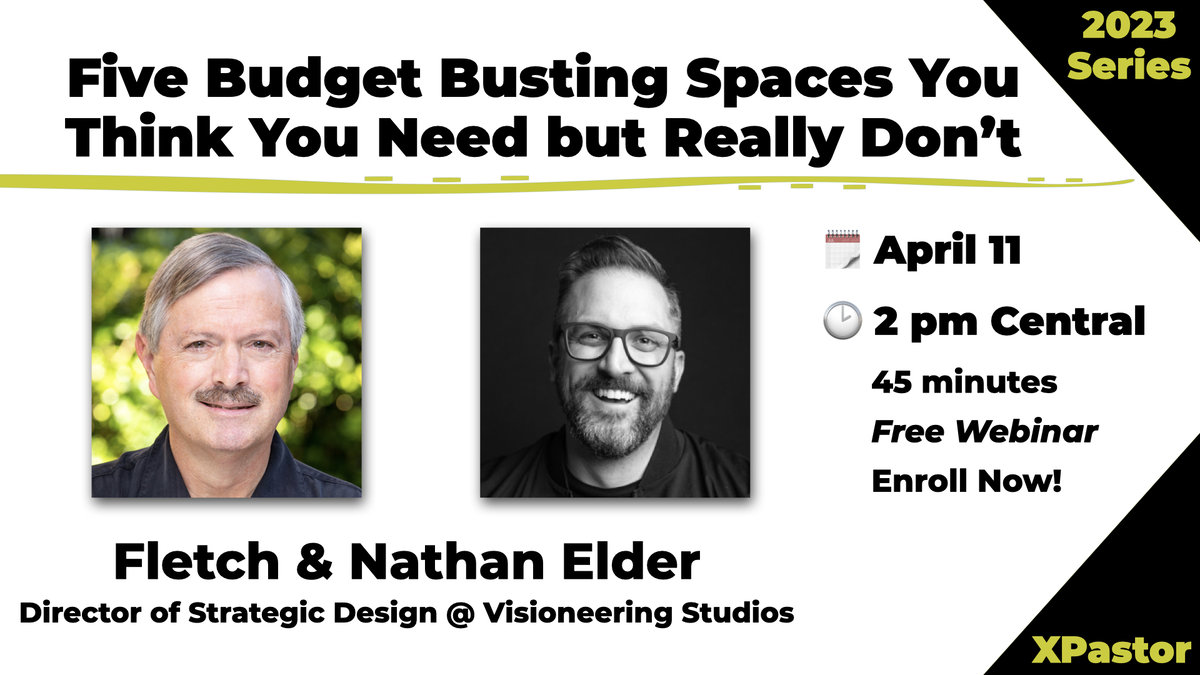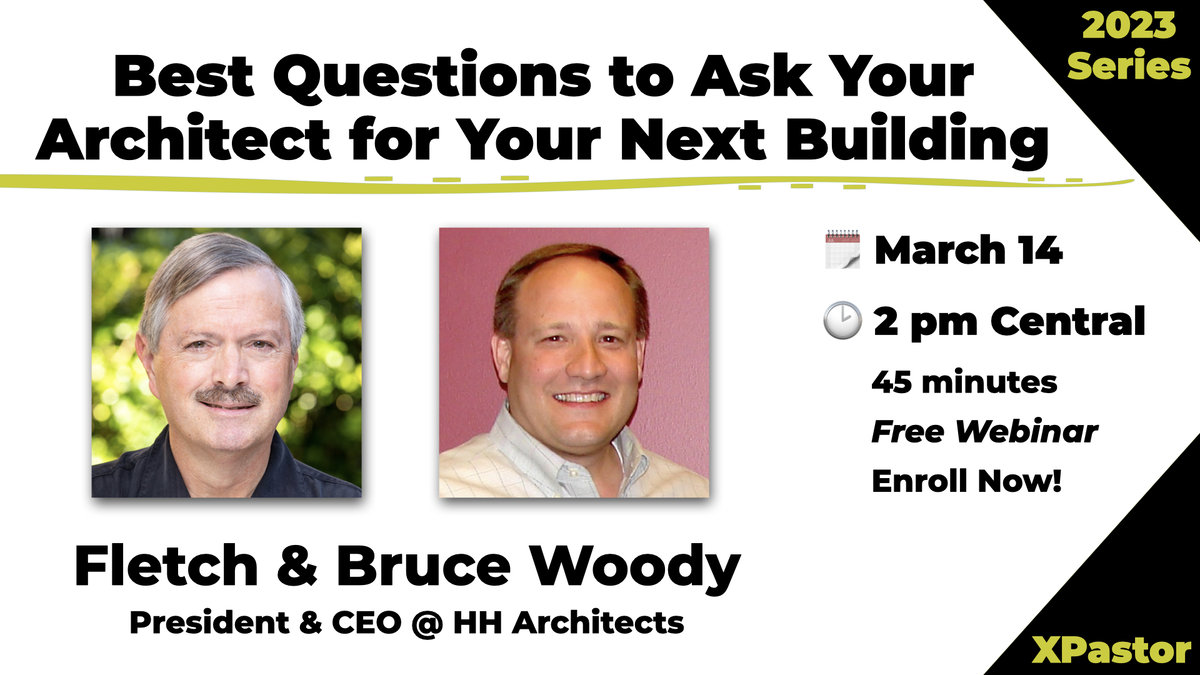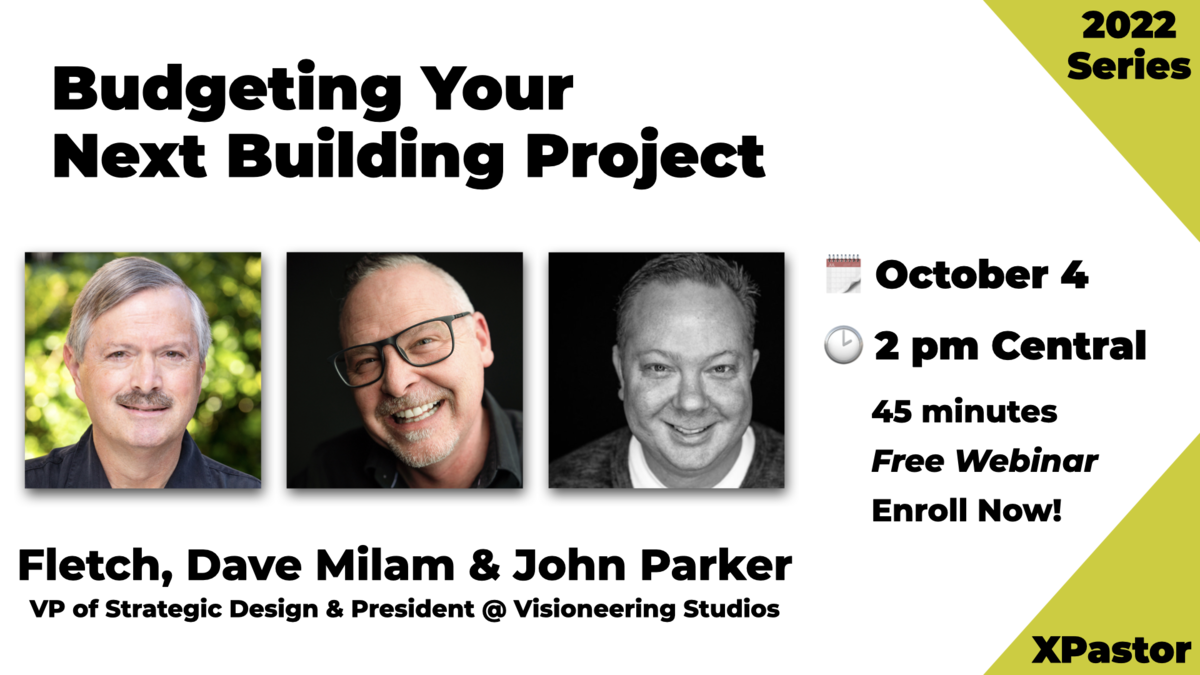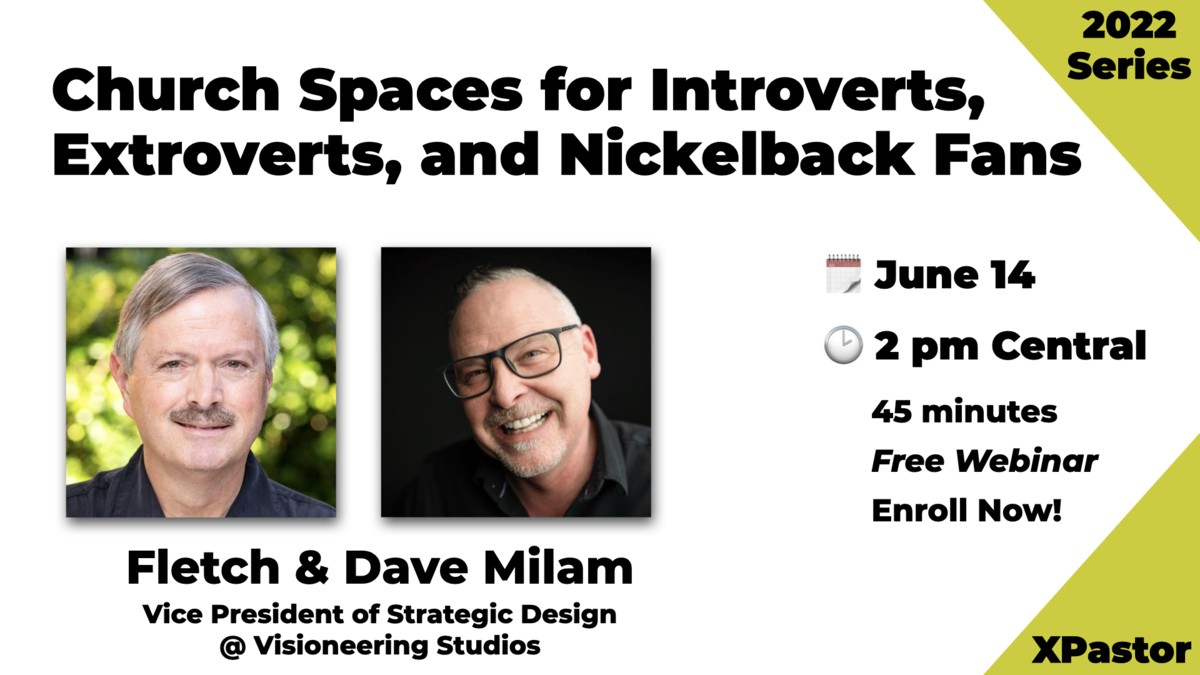How does the church fit into the restoration of compact, walkable, mixed-use communities? While large tract homes (sometimes unkindly called McMansions), big box stores, and seas of parking lots have defined the suburban ideal for the past three decades, the dialogue has been changing. Developers and city planners are seeking to limit suburban sprawl and return to pedestrian-friendly mixed-use communities with a range of housing types. With ideas such as traditional neighborhood development (TND) that locates services within walking distance of residences and transit-oriented development (TOD) making it possible to limit the use of cars, the defining themes that have shaped the architecture of our lifestyles are taking a dramatic shift. Here, WFM takes a look at how.
In what ways is “new urbanism” changing community landscapes?
“Cities are human-scale,” explains Rex Miller, senior partner with TAG Consulting in Atlanta. “Small businesses. Relationships. Walkable. Buildings that fit the area … together they make up the context of a community. That kind of thinking is very important. It not only creates a sense of place, but also a sense of belonging.”
“New urbanism is about bringing back together,” highlights Mel McGowan, president and founder of Visioneering Studios in Irvine, California. McGowan’s leadership in the Congress for the New Urbanism puts him on the front lines of the dialogue. “It believes you can build in a way that encourages relationship. Right now people pull up and are isolated in their garages. Shopping areas, schools—and even our churches—all are separated. New urbanism focuses on designing for people instead of cars—to provide what classical cities have provided. The thing is that they don’t have to be in downtown areas, they can be retrofitted into suburbia.”
Tom Greenwood, principal of The Beck Group in Dallas, says that although urban environments are more walkable in design, churches historically were somewhat shut off from the flow of life going on around them. “We are working with First Baptist Dallas on the redevelopment of their campus in the heart of downtown,” he says. “The buildings—the bulk of which had been developed in the 1940s—were very traditional and had a fortress-like architectural vocabulary. This was the antithesis of what the church wanted to speak to the community. The re-imagining of the campus has resulted in open spaces that are welcoming to pedestrians. The message of the new structures will be open and transparent—much more connected.”
What are the opportunities for churches?
“Many of the mainline denominations still have property in urban areas,” says Trung Doan, partner with Studio Red Architects in Houston. “We are seeing churches make changes to reach the younger demographics and also to touch the diversity of the community, but we haven’t seen much change in the buildings yet. In our area (Houston), the demographics are in flux. There are young families moving into the downtown area, which changes the makeup from simply double-income, no kids (DINKs) and empty nesters. There is opportunity to connect with people moving in.”
Greenwood adds, “When we did our ‘Future Church’ study for WFX last year, where we turned our conversations with many pastors across the country into newly imagined buildings for the future of ministry, there was real passion among the younger leaders (and our younger architects) in reclaiming urban ground for churches. One design concept saw older neighborhood church buildings as potential centers for community worship, economic redevelopment (as incubator space for small business start-ups) and property that could be used as community gardens.”
In the “Future Church” study, architects also gravitated to the idea of taking underutilized buildings in the urban core and re-fitting them for worship, while also creating places to support things typically in short supply in city centers—such as continuing education, recreation, green space, and childcare. “Like the pastors, I think our designers began to see the existing buildings not as limitations, because of their architecture, but rather as opportunities because of their location,” Greenwood says.
“If you look at where the new construction is going, it is not suburbia,” says David Fletcher, founder of XPastor.org. “When you invest in places of greater density, the opportunities are greater because there are more people. Consider the difference in ten people per acre vs. thirty people per acre. But I think it is more than that. The values of the next generation are different from the ones that built the template we are using for ministry today. My daughter’s life is a prime example. She owns a store for high quality handmade goods in Austin, Texas. It is counter-cultural to the big box stores with plastic goods from China. She and her husband attend a small house church and live in a community where it is common for electrical charge points to be located throughout public parking lots. What is the range of an electric car? What about people who give up their cars? There is an opportunity to rethink the way we structure ministry.”
Miller contends that the megachurch model hasn’t treated community as community. “The buildings are often event-scaled rather than human scaled,” he says. “They don’t fit within the fabric of the community and, given that they don’t pay local taxes, this often creates an awkward relationship. Most churches create spaces that are functional, but they don’t always see themselves as nested in an ecology of relationships. What churches are doing in urban and new urban areas where they are creating coffee and sandwich shops or small retail, that’s the kind of behavior that says, ‘we are part of this.’”
What is driving the change?
McGowan illustrates, “I once lived the ‘American Dream.’ I had a single-family detached house on a half-acre parcel with a three-car garage in a bedroom suburb of Southern California. In order to afford my piece of the ‘American Pie,’ I commuted to work at least an hour each way, barely making it home in time to tuck in my youngest child each night, and rarely in time to have dinner with the whole family. I spoke to my next-door neighbor about three times in three years. It may sound like a ‘glass half-empty’ description, but, in fact, having grown up in Europe and Asia in urban flats, I felt blessed to have a home like this for my family. However, something was missing from my American Dream. I have come to understand that something to be a God-wired hunger for community.”
Doan shares this anecdote: “There is a pastor we’ve been working with that has an insight that the church is for worship, but then you take that out into the community. So having a community life outside of church becomes as important as life within the church. You come to church, but then you go out into the community and be a part. It is a very different idea than focusing on bringing people onto a campus.”
Greenwood concludes, “I think this change is more cultural than necessarily just about the economy or church growth ideas. While churches used to focus the conversation on being new and large, and moving and big green field in the suburbs, now the dialogue is about sustainability, reclaiming, and moving back in. The churches talking to us are excited about going back to where the people have always been. It is a creative, missional exercise with the idea of ‘we want to be here, so how do we adapt and make it work?’ That is key for church in a climate of new urbanism. It is not the easiest way, but there is a lot of opportunity if you are adaptable.”
Thanks to Worship Facilities magazine for allowing us to reprint this article.

